This article was co-authored by Scott Tobis, MD. Dr. Scott Tobis is a board certified Urologist. With more than seven years of experience, he specializes in treating patients for urologic conditions such as urologic cancers, prostate enlargement, vasectomy, kidney stones, frequent/urgent urination, erectile dysfunction, incontinence, and blood in the urine. Dr. Tobis holds a BS in Cellular and Developmental Biology from The University of California, Santa Barbara, and an MD from Dartmouth Medical School. He completed his internship in General Surgery and residency in Urologic Surgery at the University of Rochester School of Medicine and Dentistry and his fellowship in Urologic Oncology and Robotic Surgery at The City of Hope National Medical Center. Dr. Tobis is a diplomat of the American Board of Urology.
There are 13 references cited in this article, which can be found at the bottom of the page.
wikiHow marks an article as reader-approved once it receives enough positive feedback. This article received 24 testimonials and 100% of readers who voted found it helpful, earning it our reader-approved status.
This article has been viewed 416,973 times.
Your glomerular filtration rate (GFR) is a measurement of how much blood passes through your kidneys each minute. If your GFR is too low, it means that your kidneys aren't working well and your body is retaining toxins. Depending on the circumstances, you can usually increase GFR by making changes to your diet and lifestyle; though, prescription medication and other professional medical treatment might be necessary for some individuals with exceptionally low GFR.
Steps
Before You Begin: Finding Your GFR
-
1Take the test. Your doctor can test your GFR by administering a creatinine blood test. Creatinine is a waste product present in your blood. If the amount of creatinine contained within a sample is too high, your kidneys' filtering ability (GFR) is likely too low.[1]
- Alternatively, your doctor might administer a creatinine clearance test, which measures the amount of creatinine in both your blood and urine.
-
2Understand your numbers. Your test results are only one factor involved in calculating your GFR. Doctors also take into consideration your age, race, body size, and gender when determining the actual GFR rate.
- If your GFR is 90 mls/min/1.73m2 or greater, your kidneys are considered to be in good health.[2] [3]
- GFR between 60 and 89 mls/min/1.73m2 puts you into stage two chronic kidney disease (CKD). A rate between 30 and 59 mls/min/1.73m2 puts you into stage three CKD, and rate between 15 and 29 mls/min/1.73m2 are considered stage four CKD.
- Once your GFR dips below 15 mls/min/1.73m2, you are in stage five CKD, which means your kidneys have failed.
Advertisement -
3Talk with your doctor. Your doctor can provide you with additional detail regarding your GFR score and how it impacts your life. If your numbers are lower than they should be, your physician will probably recommend some type of treatment, but the specifics may vary from patient to patient.
- You'll need to make certain changes to your diet and overall lifestyle regardless of which stage of CKD you've entered. During the early stages, however, these changes might be enough to improve your GFR. This is especially true if you've had no prior history of kidney problems.
- During the later stages of CKD, your doctor will likely prescribe some form of medication to help improve your kidney function. This medication should be used alongside lifestyle changes and should not be thought of as a substitute treatment.
- In the final stages of CKD, your doctor will almost always put you on dialysis or recommend a kidney transplant.
Diet and Lifestyle Changes
-
1Eat more vegetables and less meat. Increased creatinine and low GFR go hand-in-hand; one issue generally won't be present without the other. Animal products contain creatine and creatinine, so you may need to restrict the amount of animal-based protein you consume.[4]
- Plant-based sources of food, on the other hand, do not contain creatine or creatinine. Maintaining a largely vegetarian diet can also help reduce other risk factors of CKD, including diabetes and high blood pressure.
-
2Quit smoking. In addition to other health issues, smoking can also cause or aggravate high blood pressure. High blood pressure is linked to CKD, so maintaining healthy blood pressure can further improve your GFR.[5]
-
3Try a low salt diet. Damaged kidneys have difficulty excreting sodium, so diets high in salt can cause hypertension, aggravate your condition and cause your GFR to worsen.[6]
- Eliminate salty foods from your diet and opt for low-sodium alternatives when offered. Try seasoning your food with other spices and herbs instead of relying strictly on salt.
- You should also eat more home-cooked meals from scratch and fewer boxed dinners. Meals made from scratch generally contain less sodium since many boxed meals use salt for its preservative qualities.
-
4Consume less potassium and phosphorus. Both phosphorus and potassium are two other minerals your kidneys may have difficulty filtering, especially once they've already been weakened or damaged. Stay away from foods high in either mineral and don't take any supplement that contains either mineral.
- Potassium-rich foods include winter squash, sweet potato, potato, white beans, yogurt, halibut, orange juice, broccoli, cantaloupe, banana, pork, lentils, milk, salmon, pistachios, raisins, chicken, and tuna.[7]
- Phosphorus-rich foods include fast foods, milk, yogurt, hard cheeses, cottage cheese, ice cream, quick breads, processed meats, chocolate or caramel, colas, and flavored waters.[8]
-
5Drink nettle leaf tea. Drinking one to two 8 oz (250 ml) cups of nettle leaf tea each day may help reduce creatinine levels in the body, and as a result, it may also help increase your GFR.
- Check with your doctor to verify that nettle leaf tea is safe based on your specific medical history.
- To prepare nettle leaf tea, steep two fresh nettle leaves in at least 8 oz (250 ml) of simmering water for 10 to 20 minutes. Strain and discard the leaves, then drink the tea while it's still hot.
-
6Exercise regularly. Exercise can improve diabetes control, dialysis efficiency, and lower blood pressure and cholesterol. [9]
- Note that strenuous physical activity can increase the breakdown of creatine into creatinine, though, which can increase the burden on your kidneys and cause your GFR to drop further.
- Your best option is to engage in regular moderate exercise. For instance, you might consider cycling or walking at a brisk pace for 30 minutes a day, three to five days a week.
-
7Manage your weight. In most cases, weight management will be the natural result of a healthy diet and regular exercise. You should avoid risky diets or fad diets unless they are specifically recommended by a physician or renal dietician.
- Maintaining a healthy weight makes it easier for blood to pass through your body and may help regulate your blood pressure as a result. Once blood can flow through your body more readily, it will be more able to flush toxins and fluids through your kidneys, and you should see an improvement in your GFR.
Medical Treatment
-
1Speak with a renal dietitian. During later stages of kidney disease, your doctor may recommend you to specialist capable of devising the best diet for your condition. These specialists are known as "renal dieticians."[10]
- Your renal dietician will work with you to reduce the stress on your kidneys while maintaining a balance between the fluids and minerals in your body.
- Most specialized diets will include elements similar to those described in this article. For instance, you might be instructed to reduce your intake of sodium, potassium, phosphorus, and protein.
-
2Identify any underlying cause. Most CKD and low GFR rates are caused or influenced by other underlying conditions. In such cases, you'll need to get these other ailments under control before you can raise your GFR.[11]
- High blood pressure and diabetes are the two most common causes.
- When the cause of kidney disease isn't easily identifiable, your doctor may administer additional tests to diagnose the issue. These may include urine tests, ultrasounds, and CT scans. In some cases, your doctor may recommend a biopsy to remove and evaluate a small sample of kidney tissue.
-
3Take prescription kidney medication. When another condition causes kidney disease, or when kidney disease causes related problems, your doctor may prescribe certain medications to help treat your overall condition.[12]
- High blood pressure is often linked to low GFR, so you may need some type of blood pressure medication. Options include angiotensin-converting enzyme inhibitors (captopril, enalapril, and others) or angiotensin receptor blockers (losartan, valsartan, and others). These drugs can maintain blood pressure while also reducing protein levels in your urine, allowing your kidneys to work less hard as a result.
- During late stages of kidney disease, your kidneys may not be able to produce an important hormone called "erythropoietin," so your doctor may need to prescribe drugs that can help remedy the problem.
- You may also need vitamin D supplements or other drugs to help control phosphorus levels since your kidneys will have difficulty filtering phosphorus in the body.
-
4Discuss other medications with your doctor. All drugs are filtered through the kidneys, so you should discuss any medication you plan to use with your doctor while your GFR levels are low. This includes both prescription and non-prescription drugs.
- You may need to completely avoid NSAID and COX-II inhibitor drugs. Common NSAID drugs include ibuprofen and naproxen. One common COX-II inhibitor is celecoxib. Both drug classes have been linked to increased incidents of kidney disease.
- Talk with your doctor before trying any herbal remedy or alternative treatment, as well. "Natural" treatments are not necessarily better for you, and if you aren't careful, you could take something that may make your GFR levels dip lower.
-
5Periodically check your GFR. Even if you successfully increase your GFR, you should continue to check your GFR throughout your lifetime. This is especially true if you've ever had lower than average rates or if you face an elevated risk of kidney disease.
- GFR and kidney function naturally decline with age, so your doctor will likely recommend continued exams to help monitor the rate of decline. He or she may need to adjust your medications or dietary recommendations based on any changes to your GFR.
-
6Go on dialysis. If your GFR is extremely low and you've entered into renal failure, you'll need to go on dialysis to filter waste products and excess fluid from your system.[13]
- Hemodialysis involves the use of an artificial kidney machine with a mechanical filter.
- Peritoneal dialysis uses the lining of the abdomen to help filter and clean waste products from your blood.
-
7Wait for a kidney transplant. Kidney transplants are another option for people with advanced kidney disease and exceptionally low GFR. You'll need to be matched with the right donor before a transplant can take place. Oftentimes the donor is a relative, but in many cases, it may also be a stranger.[14]
- Not everyone with advanced kidney disease qualifies as a candidate for transplant, however. Age and medical history may rule out this treatment option.
- After receiving a transplant, you'll still need to carefully monitor your diet and overall kidney health to prevent your GFR rate from dropping too low again.
References
- ↑ http://www.webmd.com/a-to-z-guides/creatinine-and-creatinine-clearance-blood-tests
- ↑ https://www.kidney.org/atoz/content/gfr
- ↑ https://medlineplus.gov/ency/article/007305.htm
- ↑ https://www.kidney.org/atoz/content/what-plant-based-diet-and-it-good-kidney-disease
- ↑ https://www.royalfree.nhs.uk/services/services-a-z/stop-smoking-service/smoking-and-kidney-function/
- ↑ https://www.jrnjournal.org/article/S1051-2276(18)30043-8/fulltext
- ↑ http://www.webmd.com/food-recipes/potassium-sources-and-benefits?page=2
- ↑ http://www.mayoclinic.org/food-and-nutrition/expert-answers/FAQ-20058408
- ↑ https://www.kidneycareuk.org/about-kidney-health/living-kidney-disease/physical-health/exercise-and-keeping-fit/
- ↑ https://www.kidneycareuk.org/about-kidney-health/living-kidney-disease/lifestyle/
- ↑ https://www.webmd.com/a-to-z-guides/creatinine-and-creatinine-clearance-blood-tests
- ↑ http://www.webmd.com/a-to-z-guides/understanding-kidney-disease-treatment?page=2
- ↑ https://www.nhs.uk/conditions/kidney-disease/treatment/
- ↑ https://www.nhs.uk/conditions/kidney-disease/treatment/
About This Article
To increase your GFR, start by eating less meat, since animal products contain creatine and creatinine that go along with low GFR. Additionally, eat fewer foods that are rich in either potassium, like potatoes and bananas, or phosphorous, like milk and nuts, because weakened or damaged kidneys can have trouble processing those chemical elements. If you smoke, try to quit so the toxins from cigarettes no longer have to pass through your kidneys. Also, exercise regularly if you can to improve overall circulation and kidney function. To learn how to have your GFR tested and understand the results, keep reading!


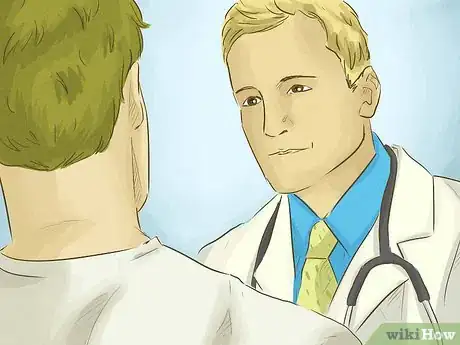
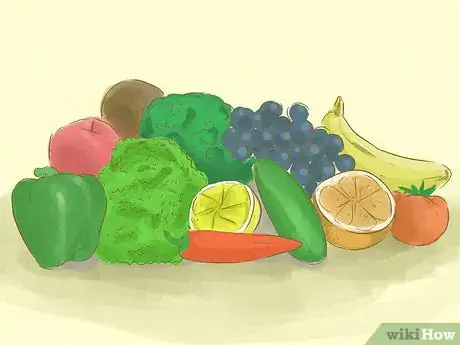
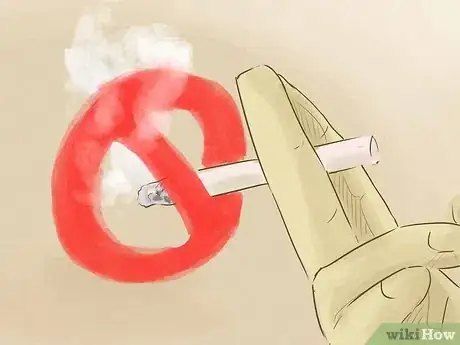
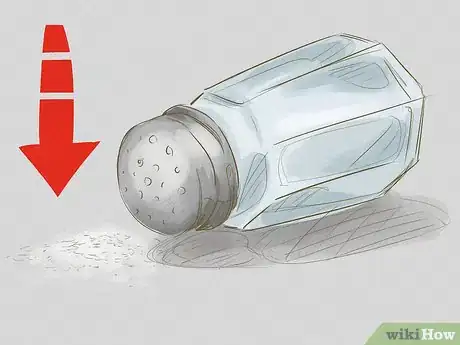
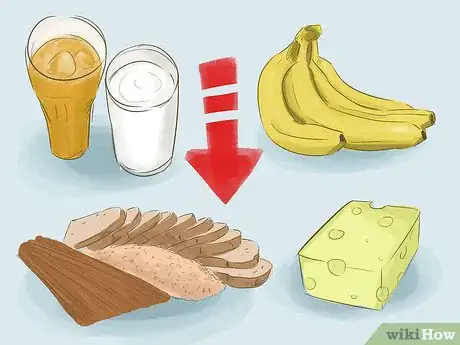
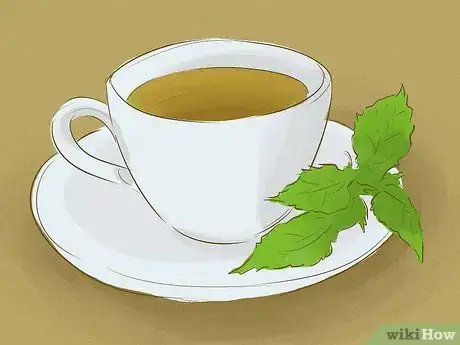
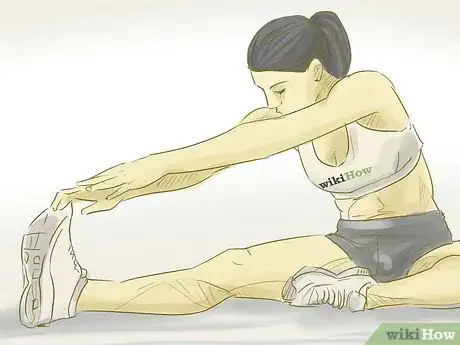
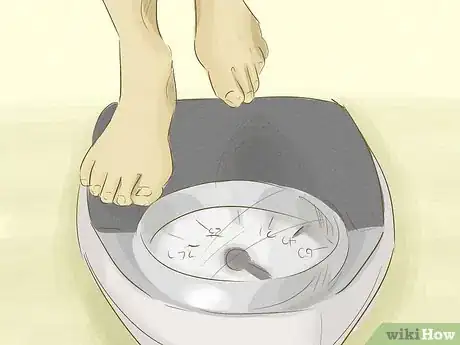
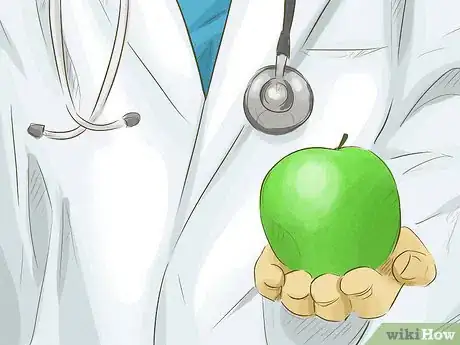
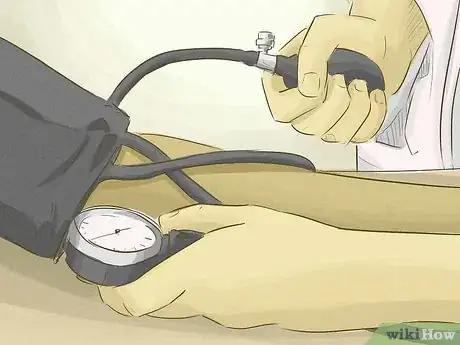
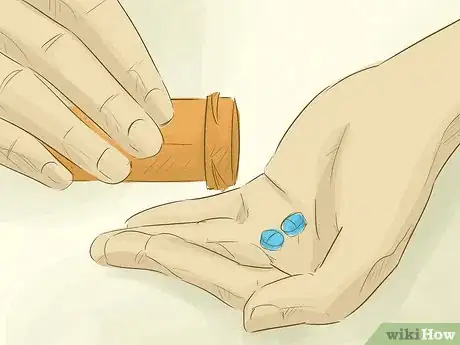
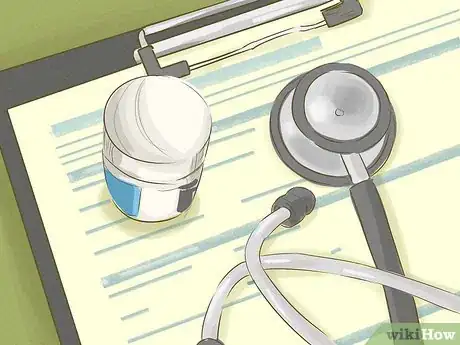
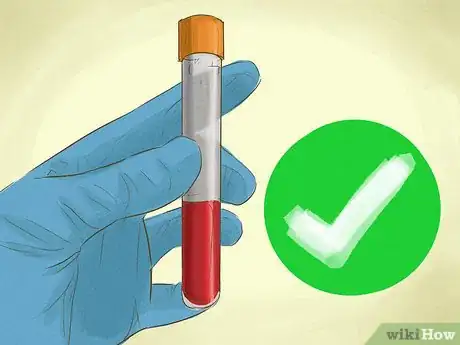
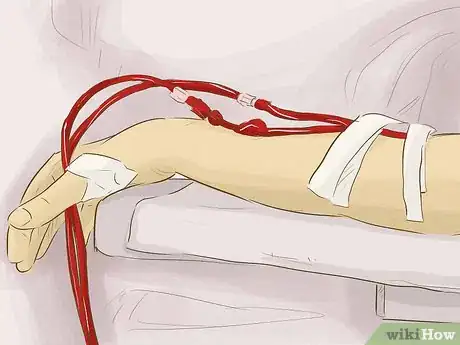
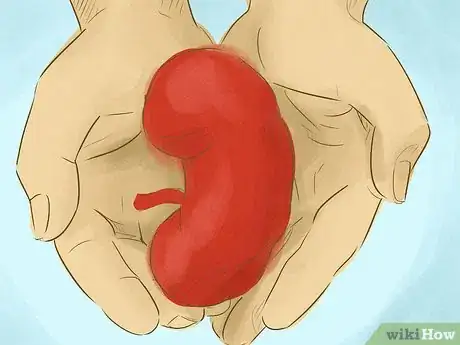
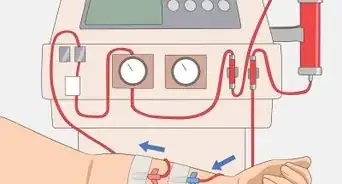



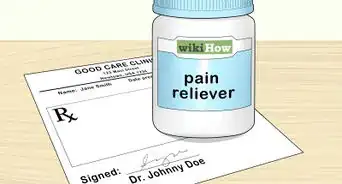
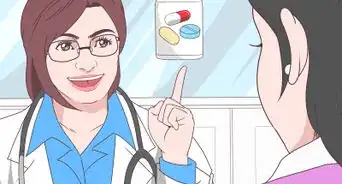



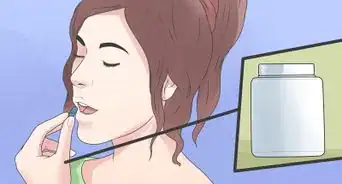





















































Medical Disclaimer
The content of this article is not intended to be a substitute for professional medical advice, examination, diagnosis, or treatment. You should always contact your doctor or other qualified healthcare professional before starting, changing, or stopping any kind of health treatment.
Read More...